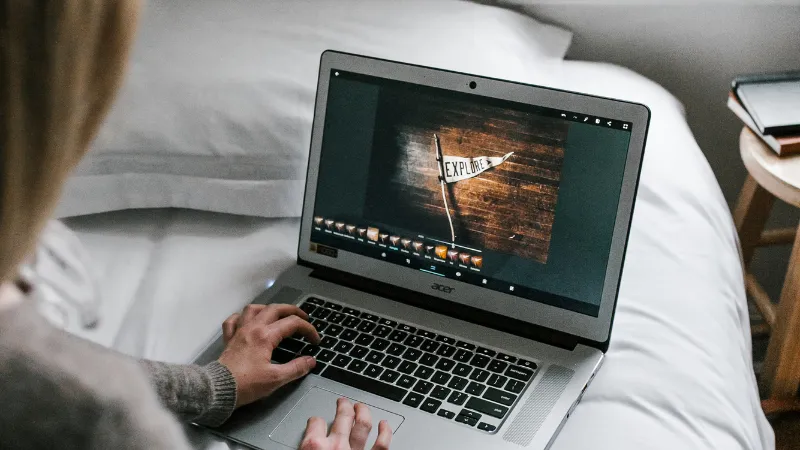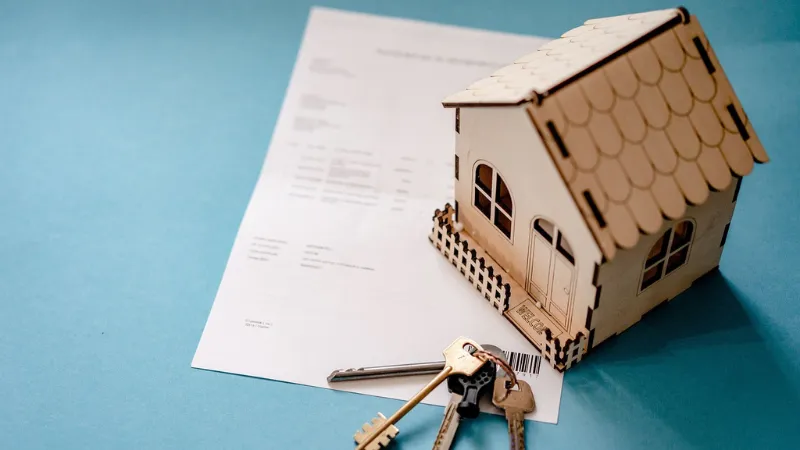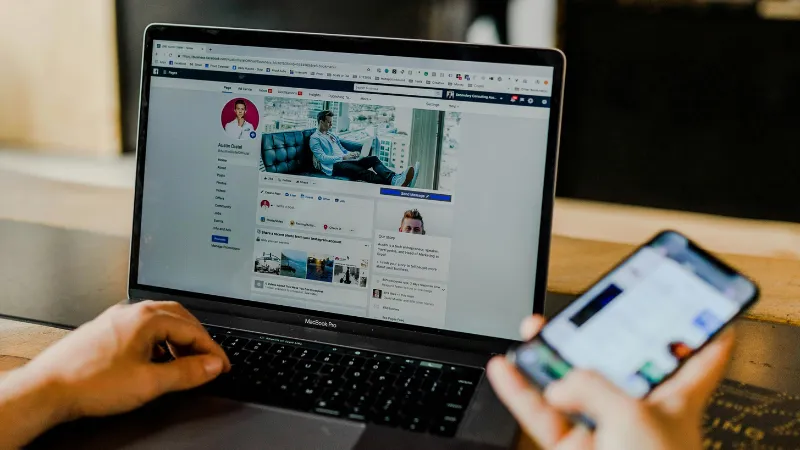
Launching a startup comes with endless to-dos, and building a brand often feels like one more thing on the list. But getting your visual identity right early helps people remember you, trust you, and take your business seriously. We know budgets are tight, but strong branding doesn’t have to be expensive.
With smart planning, affordable design tools, and a little creativity, we can create visuals that look professional and consistent. In this article, we’ll explore how to define a clear brand strategy, use low-cost resources, build a cohesive identity, and make every piece of content work harder for your startup.
1. Begin with Strategy, Not Design
Before diving into logos and colours, get clear on what your brand stands for. Define your startup sector, mission, values, audience, and positioning. These foundations guide every visual decision you make and stop your brand from feeling disjointed later.
Ask yourself who you’re speaking to and what personality you want your brand to have. Decide on a tone that fits your sector. Once those elements are in place, the design becomes an expression of your strategy, not guesswork.
RECOMMENDED FOR YOU

The Economic Benefits of Focused Job Creation in Urban and Rural Areas
Team SR
Oct 13, 2025
2. Use Affordable (but Smart) Pro Tools
You don’t need to hire a top-tier design agency in year one. Tools like Canva, Figma, or free logo generators can help you create quality visuals quickly. Combining these with a clear brand direction gives your startup an elevated look without the cost.
Keep things simple. Choose a minimal logo, two or three core colours, and one or two typefaces. Make sure your design works across digital, print, and social platforms.
When you need product photography or lifestyle shots, explore camera and lighting hire in London instead of buying equipment. Renting for a few days gives you professional results for far less, and good visuals go a long way in shaping how people perceive your brand.
3. Build a Visual Identity System
Your visual identity is more than a logo; it’s a toolkit that makes your brand consistent everywhere. This includes your logo variants, colour palette, typography, imagery style, and any supporting graphic elements. Use these consistently across your website, social channels, business cards, and presentations.
Consistency builds trust and credibility. Even if your business is new, a coherent look shows that you’re intentional and professional. People are more likely to take you seriously when your visuals match your message.
4. Leverage Content and Social Media as Visual Proof
Once your visual identity is in place, start showing it off through content. Social media posts, blogs, videos, and newsletters are all visual touchpoints that reinforce your brand. Apply your colours, fonts, and imagery so people recognise you instantly.
Social media also lets you test what resonates. Track which visuals get the most engagement, shares, or comments. Use that feedback to refine your style. You don’t need a big ad budget to make an impact, just consistent visuals and creativity.
5. Collaborate, Barter, and Crowdsource
You don’t have to do it all yourself. If cash is tight, look for partnerships or skill swaps. A photographer might offer a few hours in exchange for exposure or a trial of your product. A designer might help you in return for a testimonial or portfolio piece.
You can also involve your early audience. Ask for feedback, run small design contests, or let followers vote on a new logo. People love to feel part of a brand’s story, and that sense of involvement builds loyalty.
6. Test, Refine, Then Invest Where It Matters
Your first brand version doesn’t need to be perfect. What matters is launching with consistency, gathering real feedback, and improving as you grow.
Track metrics like engagement and click-through rates on visuals. Use data to adjust and strengthen your design assets. When your revenue grows, reinvest in areas that matter most - perhaps hiring a professional designer to polish your identity or commissioning new brand photography. Continuous improvement always beats waiting for perfection.
Conclusion
Creating a visual brand on a budget is all about clarity, creativity, and consistency. When we start with a clear strategy, use affordable tools wisely, and stay consistent across every touchpoint, even the smallest startup can look professional and trustworthy. Collaborating with others and testing ideas helps stretch resources while keeping our visuals fresh and authentic.
The best part is that every small improvement compounds over time, building recognition and confidence in what we do. With the right approach, our brand can grow stronger without ever overspending.


 Follow us
Follow us Follow us
Follow us














